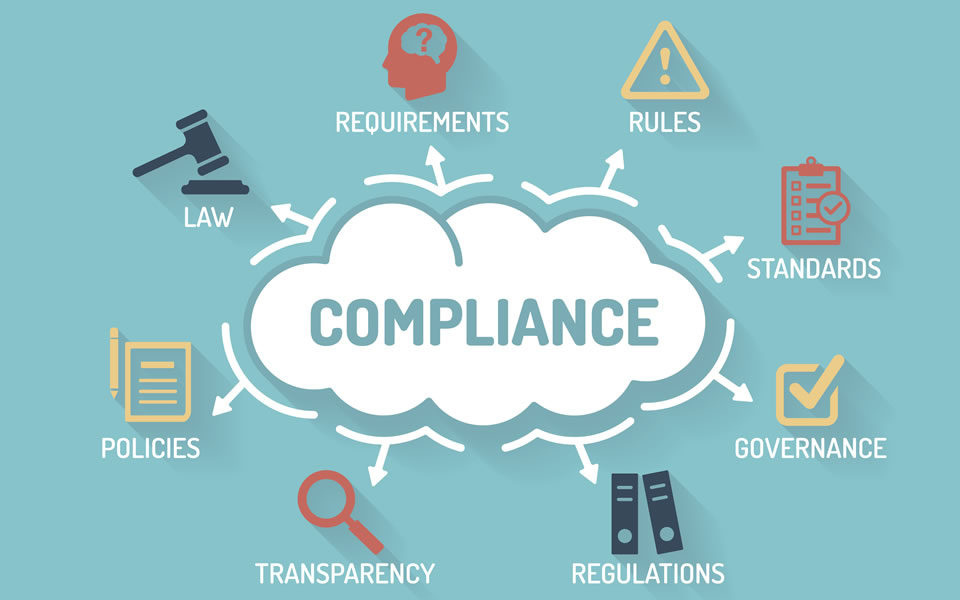Uniform Guidance: Some of the Most Common Noncompliance Pitfalls
By Kimberly Robertson, Partner, Assurance Services
You may have heard the phrase “tone at the top” to describe an organization’s ethical climate, as established by the Board of Directors, Audit Committee, and senior management. Compliance is everyone’s responsibility, and having proper tone at the top can help prevent fraud and other unethical behaviors. Not only does an organization need to comply with the provisions of its federal awards, it must also implement entity-wide and financial controls. In discussing pitfalls, we will uncover some best practice solutions and how to best set the right tone from the top.
What is the Uniform Guidance?
The Uniform Guidance (2 CFR Part 200) is a government-wide framework that is used for grants management. It streamlines and consolidates government requirements for receiving and using federal awards so as to reduce administrative burden and improve outcomes. The Uniform Guidance replaces various standards issued by the Office of Management and Budget, such as Circulars A-110, A-122, and A-133, into one super circular. Additionally, if an organization expends $750,000 or more of federal funds in any given year, the organization is required to have an audit performed in accordance with the Uniform Guidance. The Uniform Guidance provides recipients of federal awards one “go-to” document that includes all federal laws and regulations.
So, what causes noncompliance and findings in audits?
There are many reasons why noncompliance occurs. Sometimes, it is caused by the organization having limited resources or the fact that staff do not quite understand federal laws and regulations. Thus, it is important that organizations receiving federal awards ensure that employees involved in administering or accounting for federal awards receive proper training. A few steps an organization can take to avoid audit findings include these:
- Establish written policies and procedures to ensure that federal laws and regulations are followed. These policies and procedures can used to help train new employees and serve as a point of reference for all employees. It is also important that policies and procedures are periodically reviewed to ensure they are complete and accurate.
- Review the entire grant agreement to ensure that all requirements, including any special provisions, are understood. Occasionally, employees make an error in believing that all grants from the same agency have the same requirements.
- Document, document, document. It is said that “if it isn’t documented, it isn’t true or it didn’t happen.” Thus, it is important that employees maintain documentation to support the organization’s compliance.
What are the top areas for noncompliance?
There are a number of areas where noncompliance occurs. However, most audit findings center around the following areas:
- Allowable costs
- Payroll
- Indirect costs
- Procurement
- Reporting
- Matching
- Sub-recipient monitoring
- Eligibility
How should an organization avoid procurement pitfalls?
An organization must understand the recent changes that relate to the procurement rules. These changes prescribe what is required for different types of procurements, as well as thresholds that must be taken into consideration. Specifically, recipient organizations must be aware of the thresholds for micro-purchases, small purchases, sealed bids, competitive proposals and sole source proposals and the requirements for each category. Recipient organizations must also document the history of procurements, the rationale for the method selected, the selection of the contract type, the basis for the contractor selection, and the basis for the contract price. It is also important to verify that a vendor has not yet been suspended or barred from receiving federal awards. This is done through www.SAM.gov. Recipients of federal awards are also encouraged to take affirmative steps to use small and minority businesses, as well as women-owned businesses.
And how should an organization avoid reporting pitfalls?
Organizations should review all award documents and summarize the due dates for all progress and financial reports, as well as establish a tickler system to ensure that all reports are filed in a timely manner. An organization must also maintain documentation indicating that the financial reports being submitted agree with the accounting records. Additionally, grant recipient organizations must keep in mind that the Data Collection Form must be submitted within 30 days of receipt or within 9 months of the organization’s fiscal year-end.
What about matching pitfalls?
Some grants have matching or cost-sharing provisions. Organizations should note that, generally, cash and third-party in-kind services are acceptable against matching requirements, as long as the cash or services are not counted against other federal programs. Volunteer services provided by professional and technical personnel, consultants, or other skilled and unskilled labor may also be counted against the match, if the services are an integral and necessary part of the program. Recipient organizations must also remember to maintain proper documentation to support how the match was achieved.
How should an organization avoid subrecipient monitoring pitfalls?
For subrecipients, it is important to note that an organization cannot monitor all subrecipients equivalently. The organization must evaluate the risk of noncompliance for each subrecipient to determine the area of focus and how to monitor and document it in a formal risk assessment. The risk assessment will help determine how the organization will monitor each subrecipient.
It is also important for the organization to include in their subrecipient agreements any requirements and special provisions included in their prime award. The organization should also request that subrecipients forward their Single Audit to the prime organization if they expended more than $750,000 of federal funds in the year. Prime organizations also should be mindful that there are number of remedies available in instances whereby the subrecipient isn’t complying with the terms of the subaward, including withholding payment, disallowing costs, reducing the award amount or period, or terminating the grant.
How should an organization avoid eligibility, special tests and provisions pitfalls?
With eligibility, it is important that the organization has controls in place for things like participant age verification, criminal record/sex offender checks, and U.S. citizenship. Organizations also need to be sure that they are reviewing grants for any special provisions. For instance, some grants require that key personnel changes must be approved. Thus, it is important that you have processes in place to ensure that program participates are truly eligible and that these processes and the related documentation is retained.
Keeping these suggestions in mind, an organization should be able to avoid some of the pitfalls common to federal grants management and the Uniform Guidance. It is not only important to have proper policies and procedures in place, it is also important that a management-level employee is reviewing to ensure compliance is met throughout the year.




















